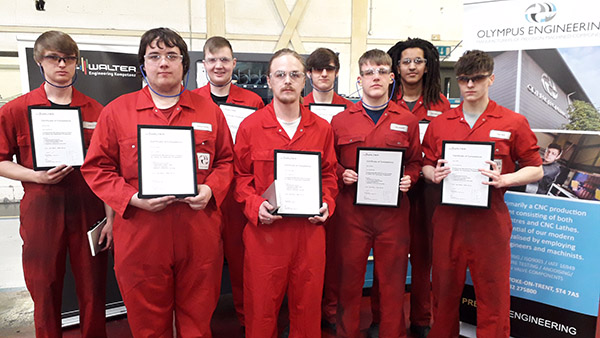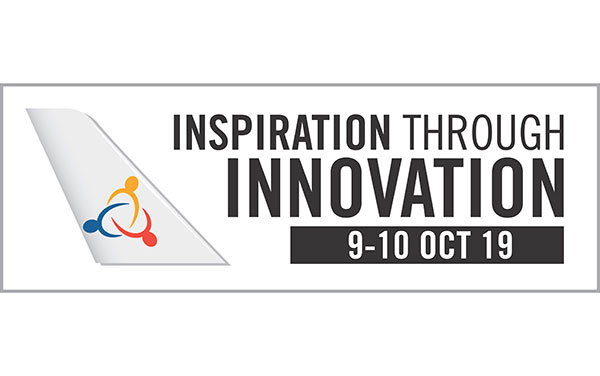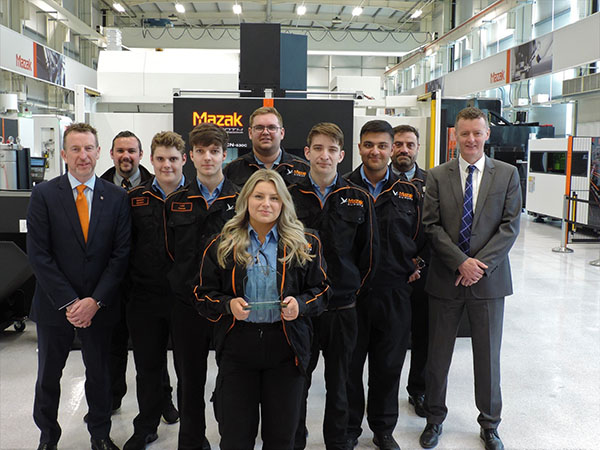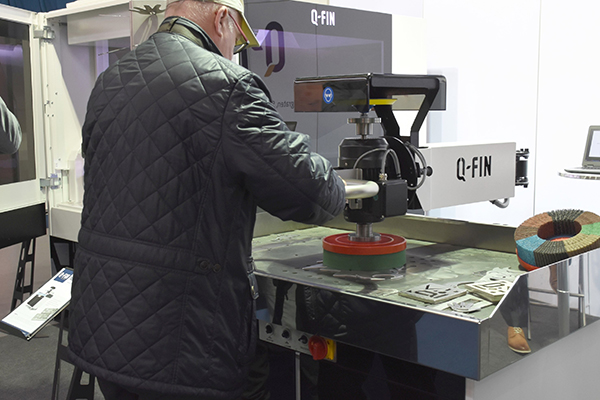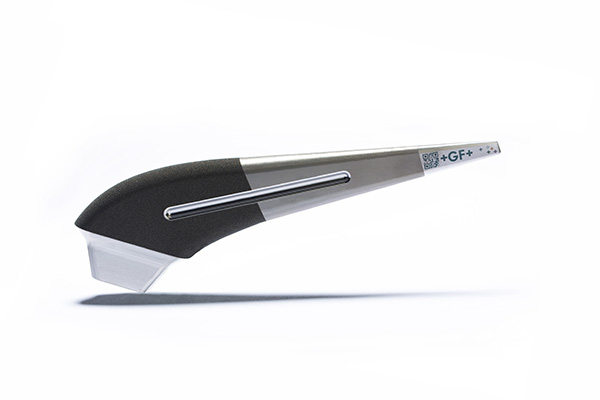Apprentices at Olympus Engineering have gained unprecedented levels of tooling competence to boost their learning and careers at the Stoke-based company after Walter GB offered free training and awareness in tooling and production technologies.

By transferring some of its ‘Engineering Kompetenz’ skills to the eight apprentices, “Walter’s in-depth tooling expertise has given a massive boost to the youngsters’ production engineering knowledge base”, says Olympus Engineering’s quality and technical manager Will Mitchell.
The apprentices and Walter GB spent 30 minutes a week over a three-month period covering subjects such as manufacturing economics, the fundamentals of metal cutting and cutting-tool applications, as well as discussing a production environment case study. Walter has been supplying the 157-employee, £16m turnover business with a range of tooling for some time. Indeed, for the past 12 years, Walter has been the company’s main tooling integrator, an arrangement that has included the provision of onsite tooling vending machines.
For further information www.walter-tools.com






